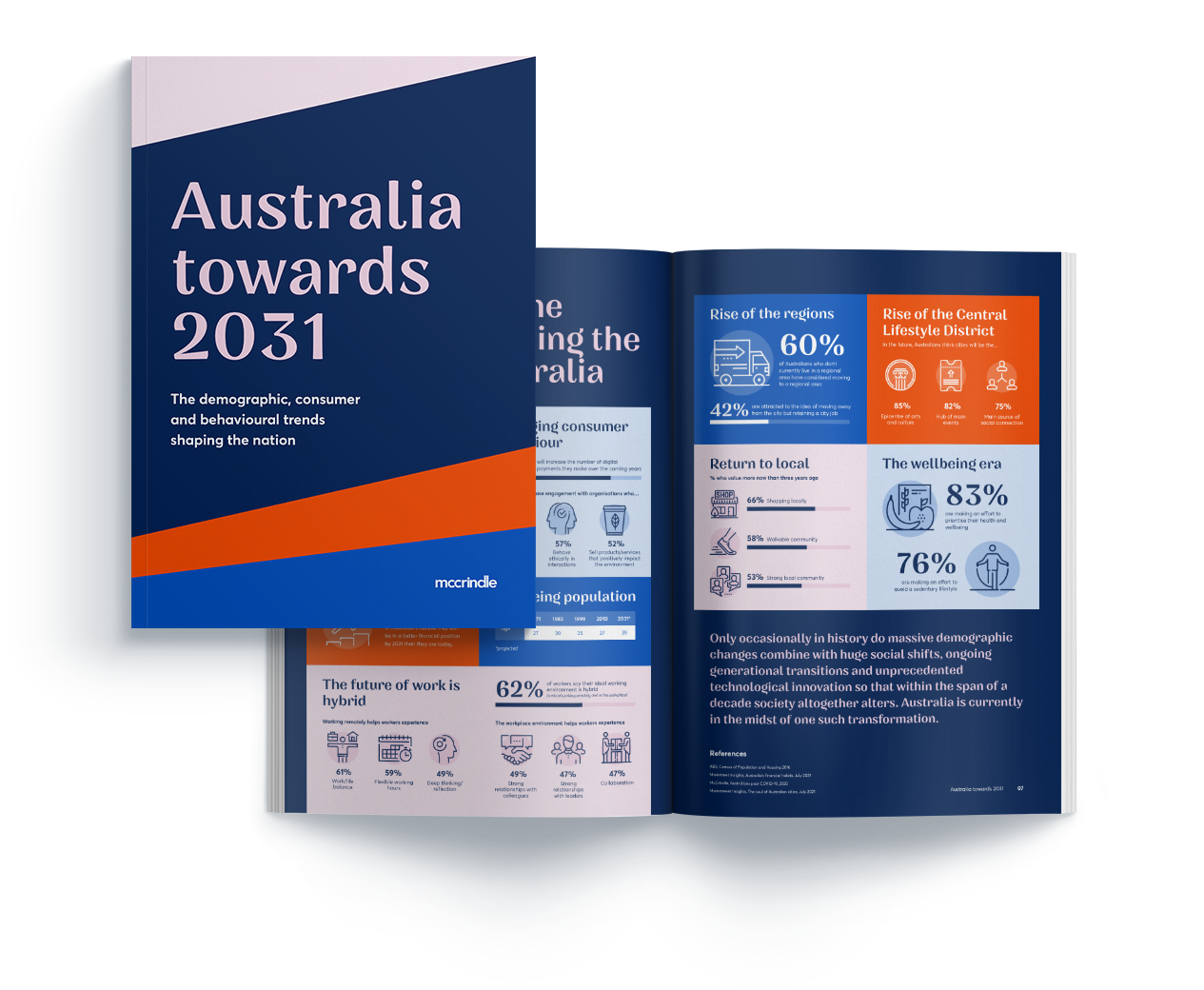ARTICLE
Three steps for effective survey writing

Great organisations need a clear picture of the trends impacting them and their communities. Identifying the latest trends, finding in-depth insights into stakeholders, and gathering data to better understand a specific group of people is a priority for successful organisations.
One research methodology that we use to help organisations discover these insights is surveying. The questions, wording and content within a survey inform the insights that can be drawn from the data. By asking the right questions, you can gather insights to help make data-driven decisions.
However, writing a survey can feel like a daunting process! You may be wondering: What does an “effective survey” look like? What questions should be included in the survey to get to the heart of the topic of interest? We suggest you start with these three steps to help you develop a survey to discover exciting insights.

Three steps for effective survey writing
Step 1: Clarify the purpose
When conducting a survey, it is crucial that the purpose of the survey is clear beforehand. Some questions which might help to clarify the purpose include:
- Who or what are you seeking to understand?
- What are the insights you are hoping to uncover?
Something to be aware of when writing a survey is that the purpose of the survey should not be to bring about a specific statistic, as this could lead to skewed questioning or data analysis. Careful consideration should be taken to ensure biases are removed when developing the questions.
For example, when we conducted research into how Australians are responding to COVID-19, our purpose in researching this topic was to determine how COVID-19 shaped the behaviours, characteristics and emotions of Australians.
Having this purpose established from the outset enabled us to tailor questions towards this end goal. Notice that our purpose was not to discover something specific – we didn’t have a specific outcome we were hoping to achieve, such as “we want to find out how COVID-19 has negatively shaped behaviours of Australians”. Rather, we had a generalised purpose – to determine the impact of COVID-19 on Australians, whether that was positive or negative. Having this purpose from the outset allowed us to be targeted and specific in our questioning.
Step 2: Determine your audience
Once the purpose of your survey has been established, it is important to consider the target audience of the survey. Ensure you know exactly who you are trying to reach with the survey as it should inform the language, approach, and length of the survey.
For example, when we conducted a survey about children experiencing bullying, the wording and survey length was very different to our survey about faith and religion.
Knowing your audience allows you to determine how best to word the questions you are asking and how long the survey should be. This is important as it helps to find the balance between retaining participant attention and gathering depth of insight.
Step 3: Craft your questions
The final step is to write the questions. When doing so, it is important to make them clear and to the point. The last thing a survey taker wants is to have to pause and reread a question to think about what it means. You want survey takers to be spending time and mental capacity on the answer, not on the question.
Additionally, keep every question relevant. If you want insights on a particular topic, it is important that your questions all relate to this topic and don’t venture into irrelevance. A good way to do this is consistently draw your questions back to your survey purpose and ask, ‘Will this question help me achieve my survey purpose?’
Furthermore, consider all options. If you want a survey that is truly reflective and representative of your target audience, you need to consider every possible answer that respondents may choose and make it available. This will ensure a thorough understanding and insight into your target group. And finally, time is of the essence. If a survey is too long, survey takers may quit before finishing or not carefully considering the questions. Making your questions sharp and quickly understandable will provide the survey taker with a positive experience and you with the data you desire.
And finally, time is of the essence. If a survey is too long, survey takers may quit before finishing or not carefully considering the questions. Making your questions sharp and quickly understandable will provide the survey taker with a positive experience and you with the data you desire.
There is no one set of guidelines for writing surveys but these guidelines assist in drawing out the insights you need. Preparing an effective survey may seem daunting, but these three steps will help you write effective surveys that gather insightful data for your benefit and for the benefit of those you present to.





